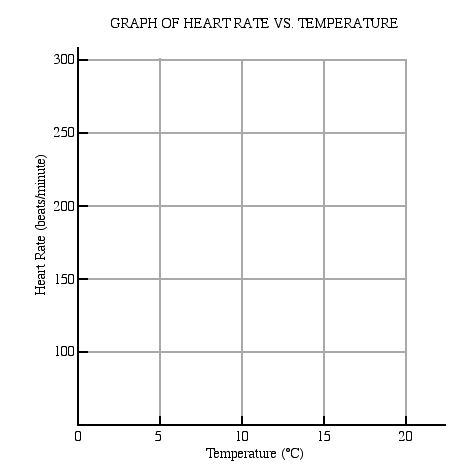AP Biology Virtual Labs
Probability and Statistics
Biochemistry and DNA Technology
1) Explain the main sequence of events that occur within a cell that leads to protein synthesis.
2) Predict how changing the concentrations and interactions of biomolecules affects protein production.
3) Explain how protein production in a single cell relates to the quantity produced by a collection of cells.
1) Predict the effects on lactose metabolism when the various genes and DNA control elements are mutated (added or removed).
2) Predict the effects on lactose metabolism when the concentration of lactose is changed.
3) Explain the roles of LacI, LacZ, and LacY in lactose regulation.
1) What physically happens to the DNA when the mouse is licked?
2) How does this change the phenotype of the mouse?
1) How would you find the gene of interest using a radioactive probe? What might the probe sequence be?
2) From the list of restriction enzymes, what is the ideal restriction enzyme for this activity? Justify your answer.
3) Why can’t you pick a restriction enzyme that cuts in the middle of the gene of interest?
4) What is the point of having a restriction enzyme cutting in the middle of an antibiotic resistance site?
5) How is bacteria grown in a laboratory experiment? What is the setup?
6) How do you tell the difference between a bacterium that didn’t take up the plasmid, a bacterium that took up a plasmid without the gene of interest, and a bacterium that took up a plasmid that has the gene of interest?
Evolution and Bioinformatics
1) What might the data look like if artificial selection was implemented in the breeding of a certain dewlap color?
1) Explain how each of the boxes at the top affect allelic frequency.
2) Why do your expected values sometimes not match what shows up on the simulation?
1) What was the outcome of the initial study (1935)?
2) What did the further studies show (1958, 1989)? How did their findings contradict the earlier studies?
3) What does this tell you about the importance of experimental setups? Drawing conclusions?
4) What was the significance of twin studies (1967)? Why monozygotic twins?
5) What gene is responsible for PTC tasting? What are the three main allelic genotypes for PTC tasting that represent 95% of all Europeans and Asian population?
6) If PTC tasting was controlled simply by simple mendelian genetics, what should have the outcomes been? What did they actually see? What allowed them to make the conclusion that PTC tasting is affected by other genes or environmental factors?
1) Identify the most different, or ancestral, species. This is the one that has the most mutational differences from the other species. Place this all the way to the left.
2) Select the next most different, or ancestral species, the one that shares a common ancestor with the previous species. Place this all the way to the right.
3) Add the next organism. To do this, look at the second organism's data and look for the most genetically similar organism (for that particular gene).
4) Continue doing this for the rest of the organisms. If an organism is most closely related to its predecessor instead the ones that are remaining, that might mean that those two species are on the same strand.
5) Then see which of the remaining organisms are most similar and start the next strand with that. Continue steps #3-#5 until done
Photosynthesis and Transpiration
1) Write the procedures for the Leaf Disc Lab.
2) What is ET50? How do you measure it? Calculate the ET50 if you produced the data below:

3) Assume that you produced the data in the chart below. Calculate the mean, standard deviation and standard error for each set of data. What would happen to the standard error if you did more trials? Comment on the reliability of each set of data.
4) What is the conclusion of the study? Provide a biological explanation for the conclusion.

5) Download and complete the Floating Disc Photosynthesis Dry Lab handout.
Download the VirtualChromatographyLab handout from the downloads page to complete the above simulation.
1) Identify the dependent variable and how it is used to determine the rate of photosynthesis.
2) Collect and graph the appropriate data for EACH independent variable. Determine the trends for EACH independent variable.
3) What are the conditions that result in the highest rate of photosynthesis?
Body Systems
Use a graph like this to display your data
Use the equation below to calculate the Q10 for this experiment

Animations page doesn't work so click here to view the positive (left) and negative (right) Elisa Test videos
Here's another ELISA Test Video
Animations page doesn't work so click here to view the Western Blot Test video
Ecology
Pill Bug Video 1
Pill Bug Video 2
Watch The Perlious Plight of the Pika video when prompted by the case study
The Sample Problems page is not working correct so correspond the unidentified bottles with the bottles on the Model of Productivity as a Function of Depth in a Lake page.

 vs
vs
Remember the initial oxygen reading for this water was 4 mg O2/L

